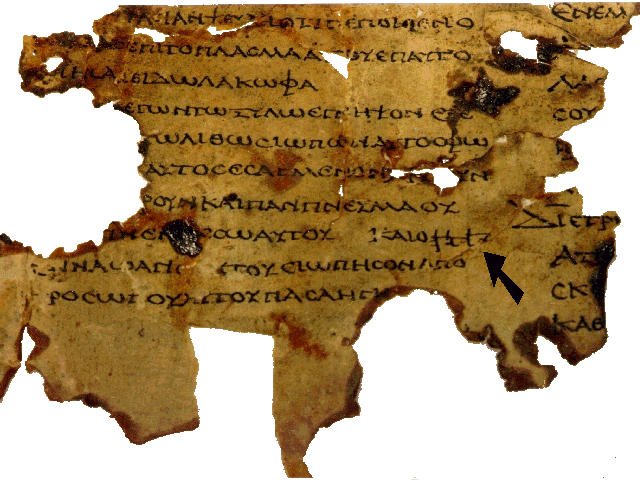The Double Text of Tobit (1899)
https://books.google.com/books?id=hIQPAQAAIAAJ&pg=PA541
From Simpson
9 ‘The Double Text of Tobit' in the American Journal of Theology, 1899, vol. iii P- 554-
Harris p. 553
First of all it follows that either
the Sinaitic Tobit is nearer to the original Hebrew, and so is the better recension, or else it has been corrected from the Hebrew (or some version depending on the Hebrew) so as to present a better text than that of the Vatican text, though not necessarily a better text of the Septuagint. It is difficult to believe that the Vatican recension is a mere abbreviation of the Sinaitic, yet the continual agreements in rendering are such as to require a common Greek original; so it seems almost necessary to infer that
the Sinaitic version of Tobit is a reconstruction of an existing text into closer harmony with the Hebrew.
p. 554
We have thus arrived at a fairly conclusive demonstration of the
superiority of the Sinaitic Tobit, and of the existence in it of elements
derived from the Aramaic. And we have obtained further evidence of
the close literary parallelism of the two stories, Ahikar and Tobit.
J. Rexdel Harris.
Clairk College,
Cambridge, Kng.
===========================
p. 543
Another reason for caution lies in the consideration that, even if
the Sinaitic recension has certain suggestive signs of superior antiquity,
it does not follow that these are in evidence as regards the excellence
of the whole of the text. It might, for example, be the result of the
revision of the Greek text by a Hebrew (or Aramaic) original, and in
that case the revision would be redolent of antiquity, although made
upon a possibly inferior Greek base. Something of this kind occurs
in the book of Esther, and in many other parts of the Septuagint,
where the readings of Aquila’s translation have been imported into
cither the margin or the text. They can generally be recognized either
by the fact that they conform the text to the Hebrew, or by their
betraying peculiarities which are characteristic of Aquila.' Wherever
such a Septuagint text has been revised into greater agreement with
the Hebrew by means of Aquila’s version, the recension produced will
have marks of superior antiquity, which may, however, be quite fal-
lacious as far as the editing of the text of the Septuagint goes; for
the archaic features may not be a part of the true Septuagint.
p. 544
Certain peculiarities, to which
we have drawn attention, suggest that the greater antiquity lies with
the Sinaitic text; but whether this justifies us in giving it the place of
honor, or in erecting it into a standard of reference, we must not too
hastily decide.

